About us
Senryu
Making noise since 1998! Senryu Taiko is one of the earliest intercollegiate taiko groups to ever form in the United States. Self-taught and self-sustained, the club continues the tradition of kumidaiko by writing music together, teaching incoming members, and forming ties with other collegiate taiko groups across the nation.
Senryu Taiko is an intercollegiate Taiko group, meaning that it was founded and has been maintained by college students. There are countless other intercollegiate Taiko groups throughout North America, and nearly every University of California campus is home to an intercollegiate Taiko group. Senryu Taiko is composed of college students who have spent a year or more learning Taiko-playing techniques and applied those techniques to teaching newcomers and writing Taiko music exclusive to Senryu Taiko. One unique aspect of Senryu Taiko, an aspect that is rare amongst the intercollegiate Taiko community, is that members of the group build the Taiko used in rehearsal and performance. Thus, Senryu Taiko does not purchase professional, manufactured Taiko, but instead builds Taiko from scratch using wine-barrels and traditional Taiko-making techniques.
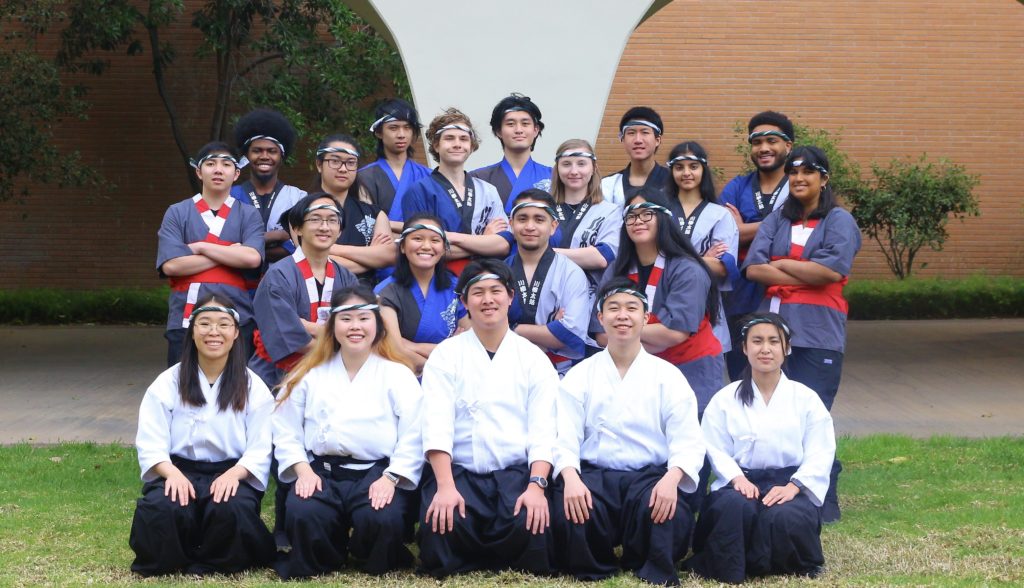
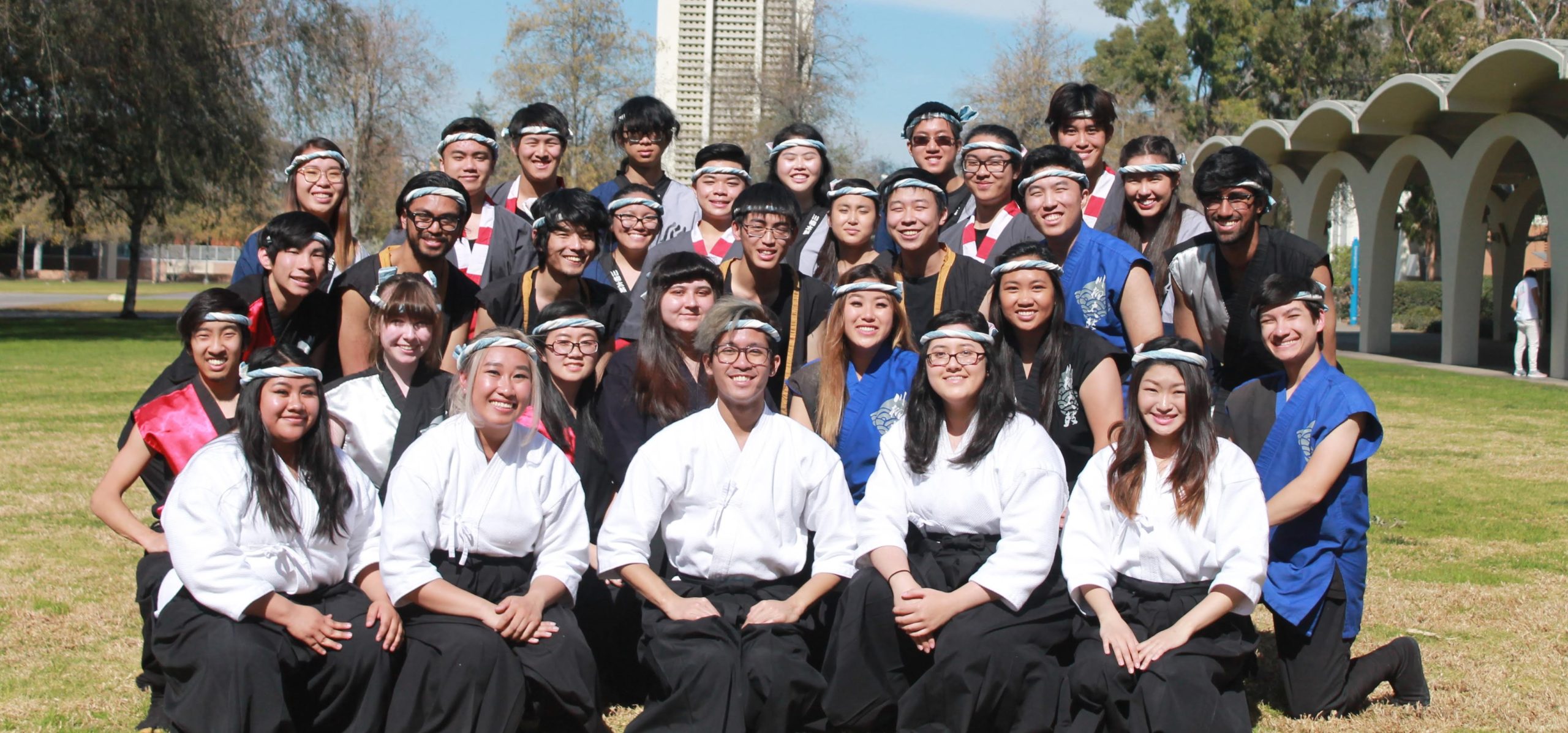
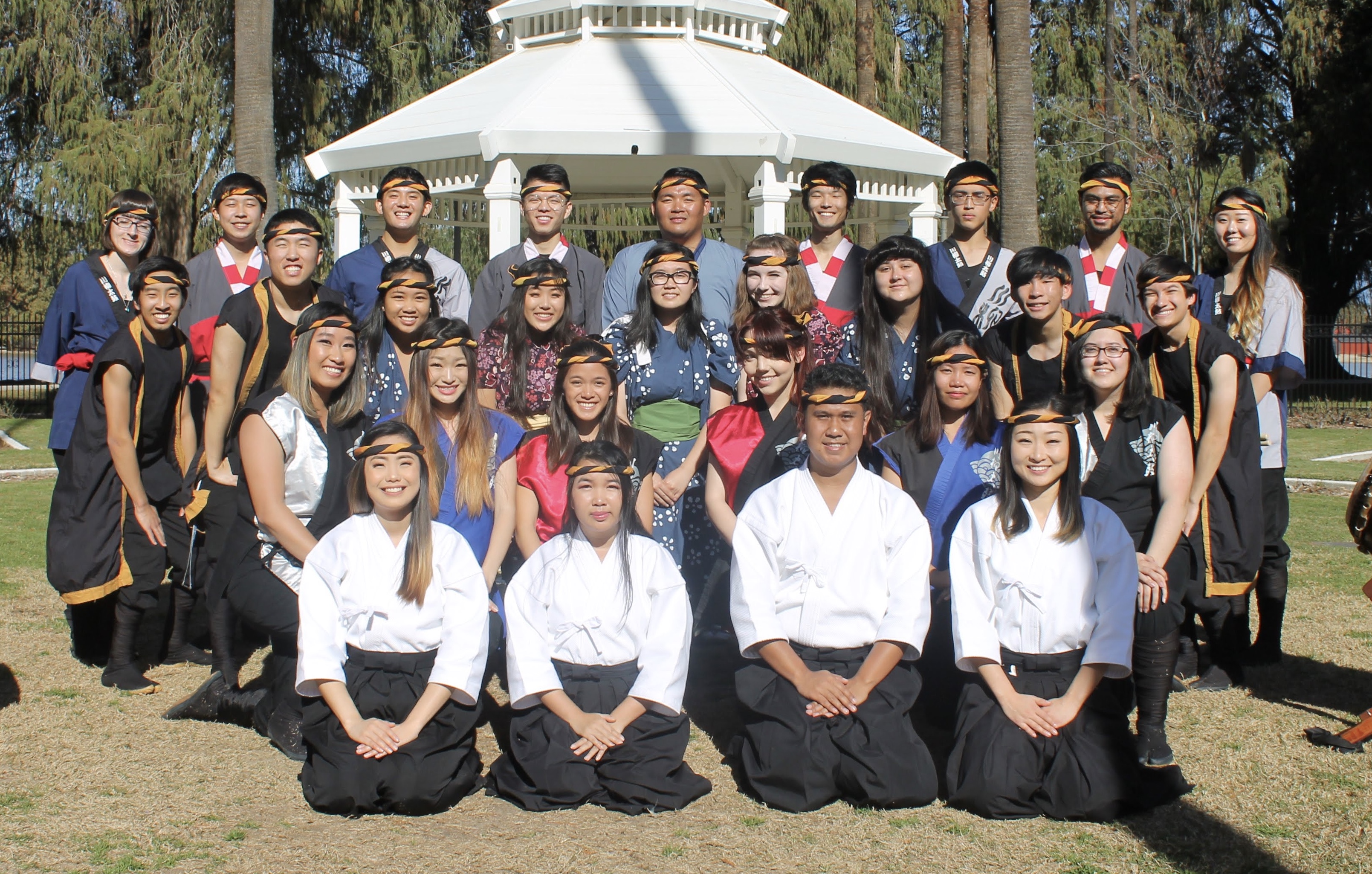

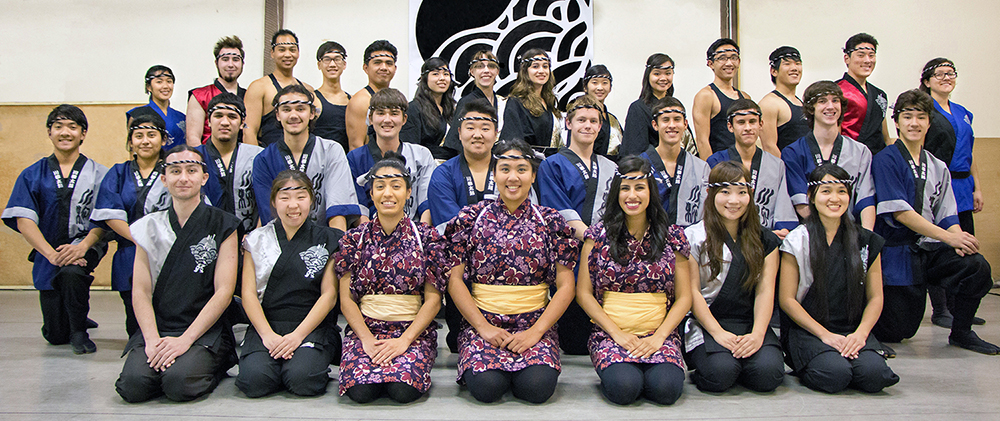

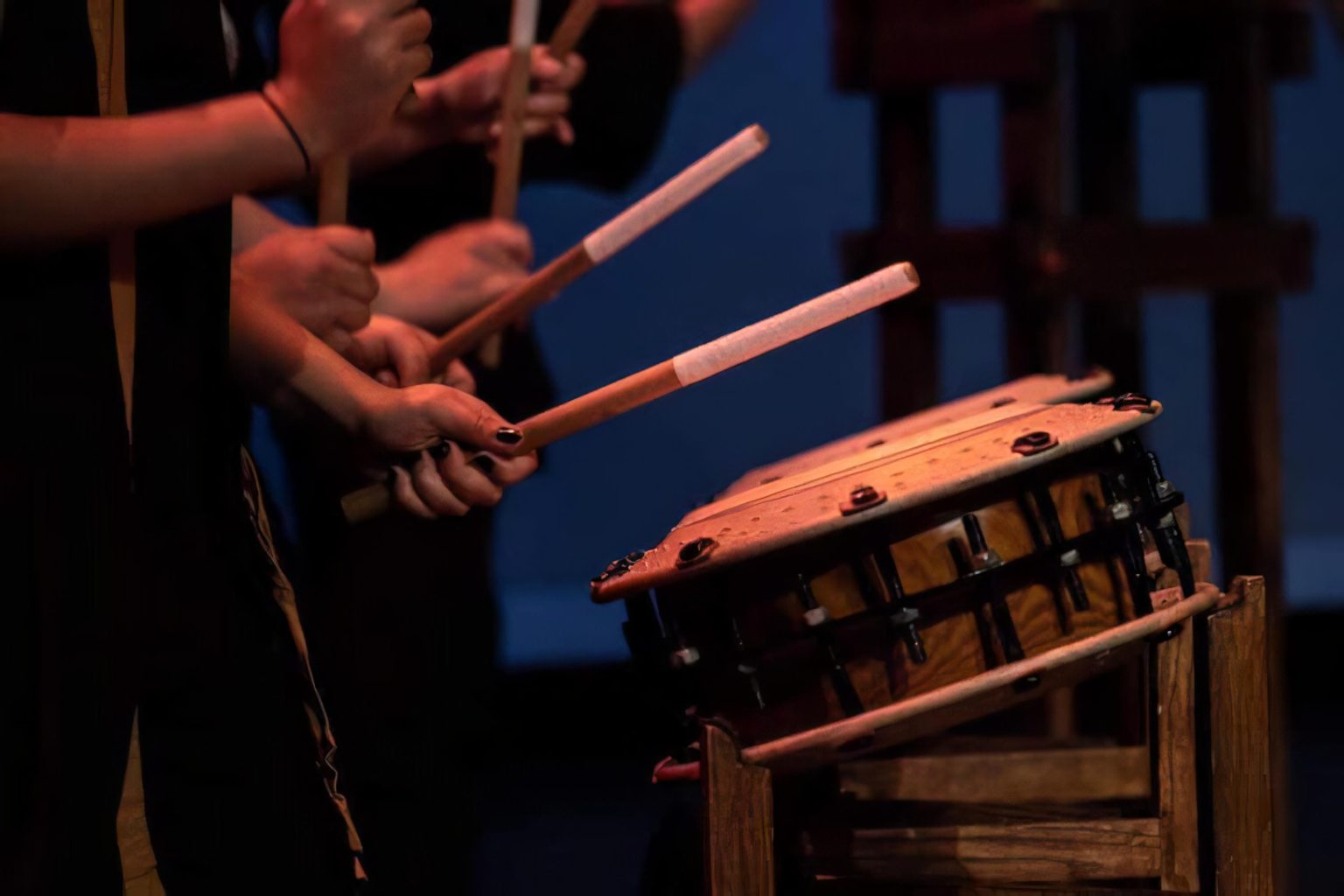
WHAT IS TAIKO?
Taiko is an energetic and physically-demanding form of percussion which initiated in various regions of Japan. Although Taiko is often referred to as “Japanese drumming,” the word Taiko itself means “big drum,” or “fat drum,” depending on the translation. Taiko has Japanese roots spanning over 1,500 years, yet Taiko as we know it today, commonly referred to as American Taiko, would not be developed until the mid-20th century.
Taiko History
In Ancient Japan, Taiko was used mostly for war, rather than musical performance. Much like drummers boys in the American military, Japanese armies would have a soldier carry a drum and maintain a beat that could keep the soldiers moving at the same pace. Japanese armies also used drums to intimidate their foes, making their armies seem gargantuan in size and strength. Some speculations suggest that Taiko were used to signify the borders of Japanese villages. The drums would be played continuously throughout the day, to create an aural boundary between villages. When people traveled from one village to another, they would heard the rhythms of the Taiko, and it became clear they were entering a new village. This technique was implemented in other forms of communication as well, such as the coming of storms or intrusions by undesired travelers. Taiko was also applied in religious ceremonies, since the resonant tones produced by a struck drum resembled the sounds of gods and the heavens.
In ancient Taiko playing, only one drummer played at a time; rarely, if ever, did multiple drummers play at the same time in the same place. In 1951, a jazz drummer named Daihachi Oguchi discovered a composition of Ancient Taiko music from Japan. As an ensemble musician, Oguchi wondered why Taiko music featured only solo performances. Oguchi ambitiously decided to break this so-called tradition, and arranged the ancient Taiko composition for multiple drummers. Following the design of a drum set, Oguchi assigned each drum a specific role, depending on its size and pitch. For instance, the high-pitched shime-daiko would play the ji (a repetitive rhythm used to maintain timing), much like a hi-hat. The large, thick-skinned Odaiko would play a simple rhythm to maintain the pulse, much like a bass drum. A mixture of various nagado-daiko (medium-sized drums) would then make up the rhythmic melodies of the piece, much like a snare drum and tom-toms. Oguchi’s ambitious experiment revolutionized the art of Taiko, and resulted in a boom of the kumidaiko (taiko ensemble) style throughout Japan. Over 4,000 Taiko groups have formed in Japan as a result of Diahachi Oguchi’s influence.
As Japanese taiko groups began touring internationally, musicians in North America, Canada, Australia, Europe and even Brazil became interested in Taiko and began forming their own Taiko groups. Until 1968, Taiko was seen in America primarily in the form of Miyadaiko (temple drums), for use in martial arts dojos. In 1968, a Japanese immigrant named Seiichi Tanaka formed the first North American Taiko group. Much like Diahachi Oguchi, Tanaka would influence the formation of kumidaiko in North America (now commonly referred to as American Taiko) with his group, San Francisco Taiko. Two other Taiko groups were formed shortly after San Francisco Taiko, including Kinnara Taiko of Los Angeles in 1969, and San Jose Taiko in 1973. Both have become professional Taiko groups, and have paid respect to traditional kumidaiko by touring Japan. An estimated 200 Taiko groups now exist in North America.
